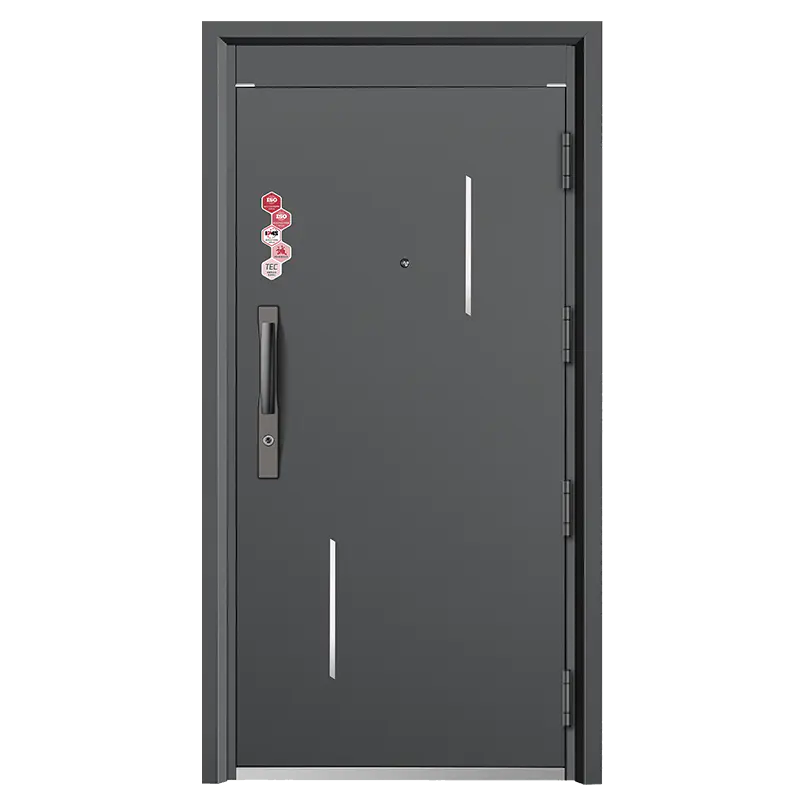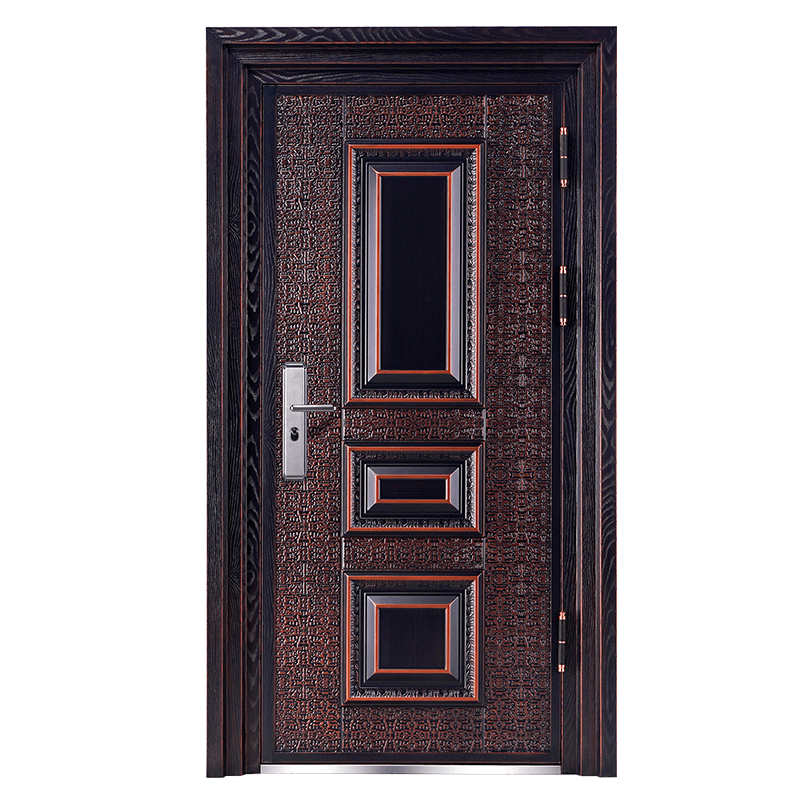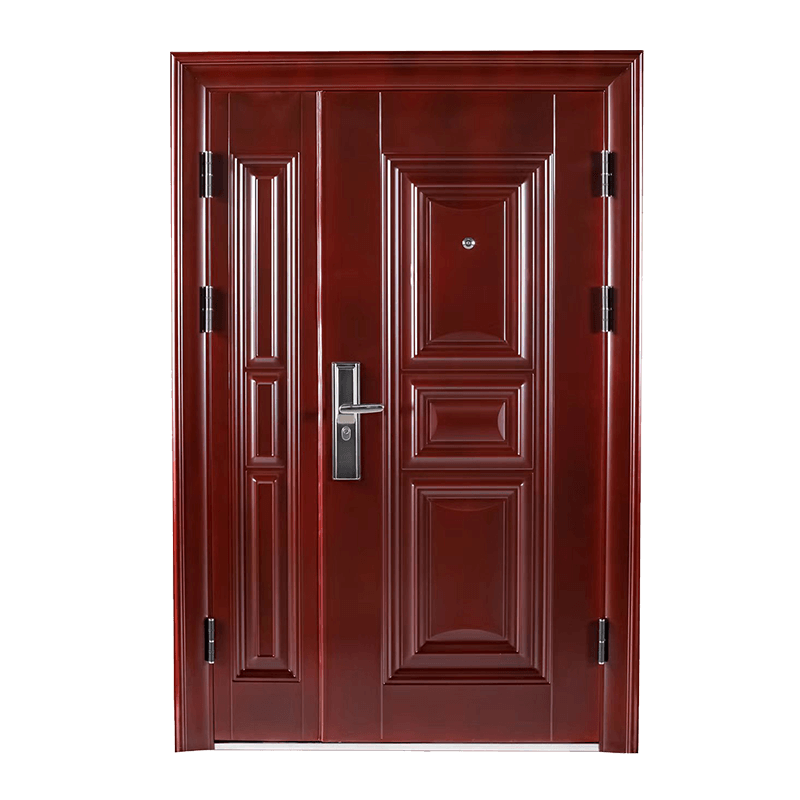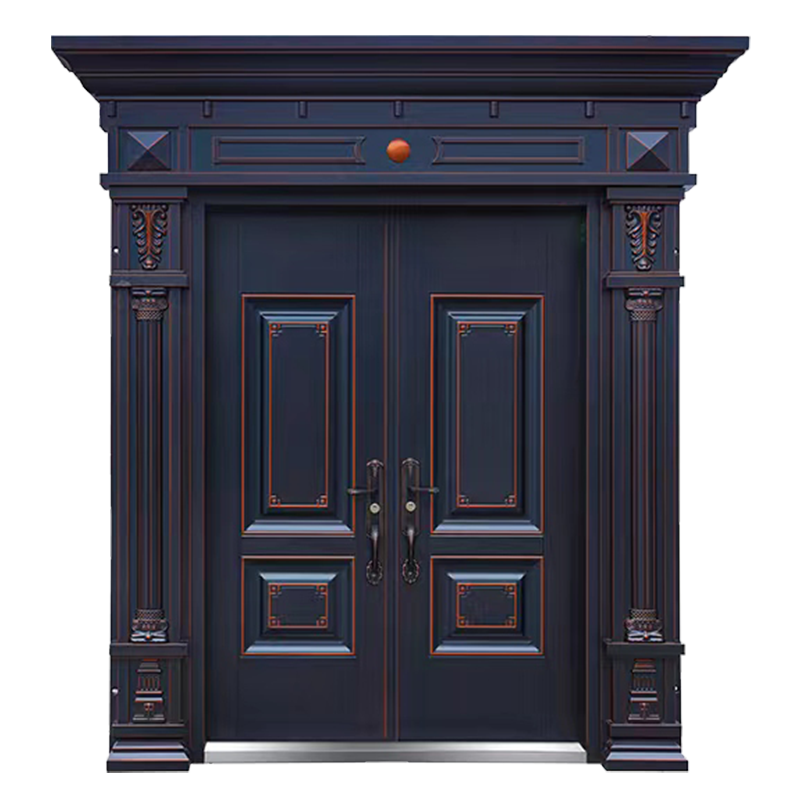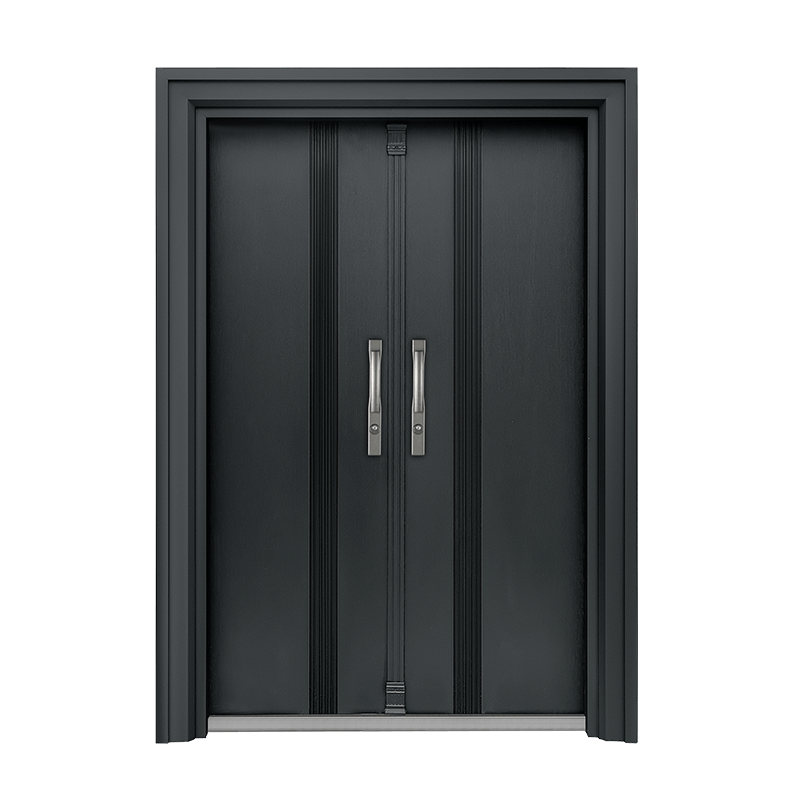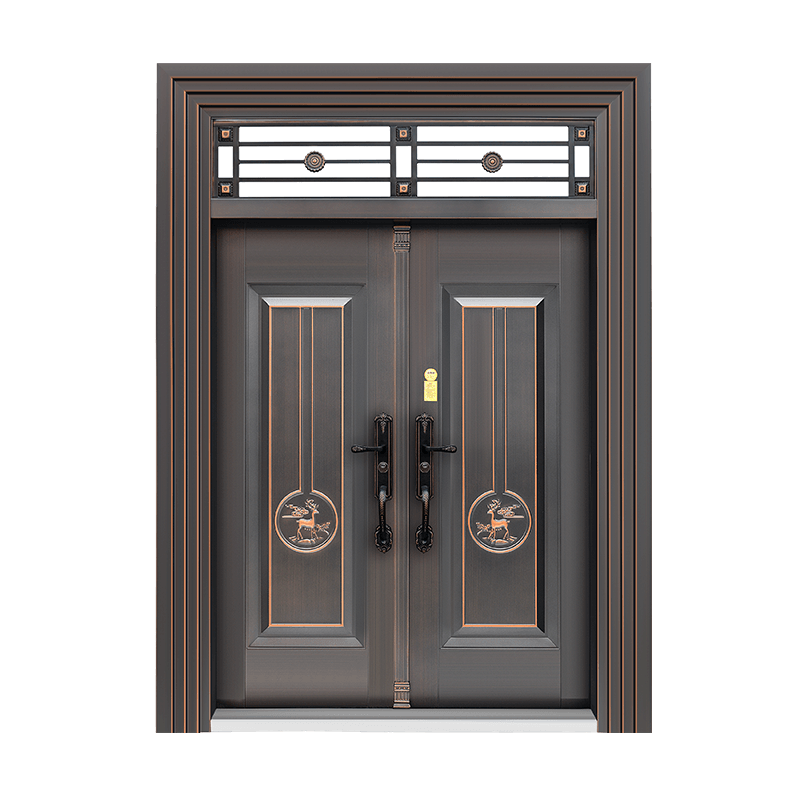Address Common Issues Like Door Sagging or Poor Closure in Entrance Anti-Theft Doors
Jul 04, 2025
Identifying the Symptoms and Causes of Door Sagging
Over time, many property owners encounter problems with their entrance doors not closing properly or appearing misaligned. One of the common reasons for this is door sagging. In the case of an Entrance Anti-Theft Door, the issue can arise due to various factors such as prolonged usage, heavy door weight, improper installation, or hardware fatigue. When a door sags, it may rub against the floor or frame, making it difficult to close completely or lock securely. This not only compromises convenience but also reduces the effectiveness of the door’s security function.
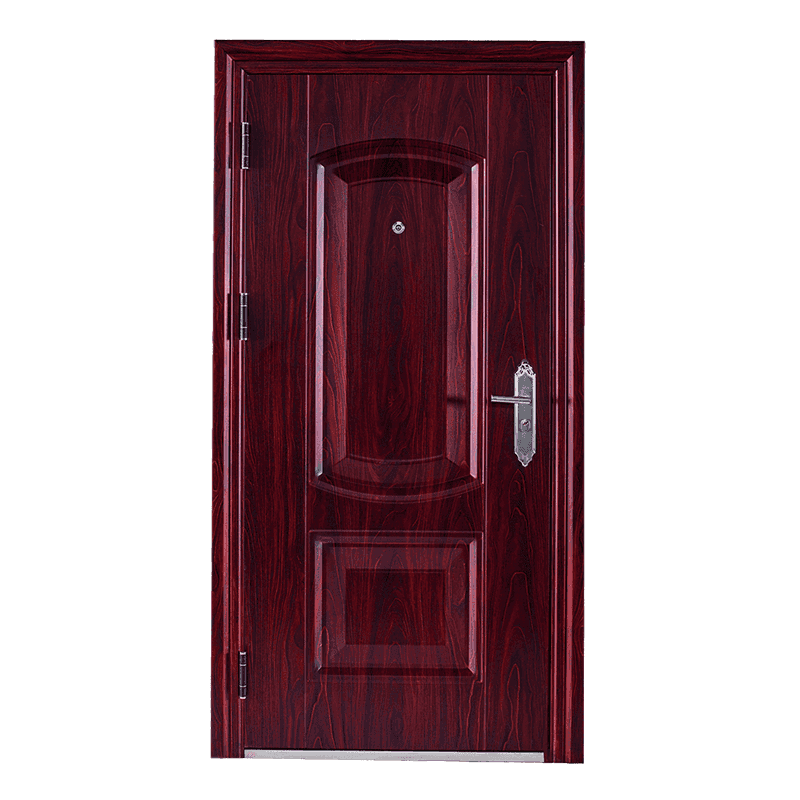
Evaluating the Condition of Hinges and Screws
The frequent culprit behind sagging doors is loose or worn-out hinges. High-security doors are typically heavier than regular ones, placing more strain on their hinge systems. Over time, screws may loosen, or the hinge pins may wear out, causing the door to shift downward. Inspecting the hinges for signs of movement, rust, or damage is the one step in resolving the issue. If screws are loose, they can often be tightened or replaced with longer ones to provide better grip into the door frame. If the hinges themselves are deformed or worn, replacing them with reinforced models designed to bear higher loads is a smart solution.
Realigning the Door Frame and Adjusting Hardware
Sometimes the problem lies not in the door but in the alignment of the frame. Environmental changes, such as temperature and humidity, can cause the frame to warp slightly, making the door difficult to shut. In such cases, careful realignment is necessary. This may involve adjusting the strike plate, using shims behind hinges, or even reseating the entire frame if misalignment is severe. A well-aligned frame ensures a snug fit, allowing the door to close properly without unnecessary force or friction. For Entrance Anti-Theft Doors, precision in frame positioning is critical to maintaining both functionality and security.
Dealing with Seal Compression and Swelling Materials
Another reason a door may not close tightly is deterioration or swelling of the weatherstripping or seal materials around the door. These materials can compress, harden, or expand over time, especially if exposed to outdoor elements. Replacing old seals with new, high-quality alternatives can improve closure and also enhance insulation and noise reduction. It’s important to select seal types that match the door’s specifications and security features to avoid interfering with its locking mechanism or triggering false alarms in electronically monitored systems.
When to Seek Professional Repair Services
While minor hinge tightening or seal replacement can often be handled by a homeowner, more complex problems like structural misalignment or repeated sagging should be addressed by a qualified technician. Professionals have the tools and experience to evaluate all components of the door system and ensure long-term resolution. Particularly for an Entrance Anti-Theft Door, any compromise in installation quality or alignment could impact its resistance to forced entry. Expert servicing ensures the door continues to offer reliable protection without sacrificing ease of use.
Conclusion
When an entrance door begins to sag or no longer closes properly, it can cause both security concerns and everyday inconvenience. Fortunately, issues related to an Entrance Anti-Theft Door—whether hinge fatigue, frame misalignment, or sealing material failure—can be diagnosed and resolved with the right steps. Early intervention and proper maintenance help preserve the integrity and performance of the door. By addressing these common issues promptly, homeowners can ensure their security doors function for years to come.

 English
English 中文简体
中文简体 Français
Français Español
Español عربى
عربى